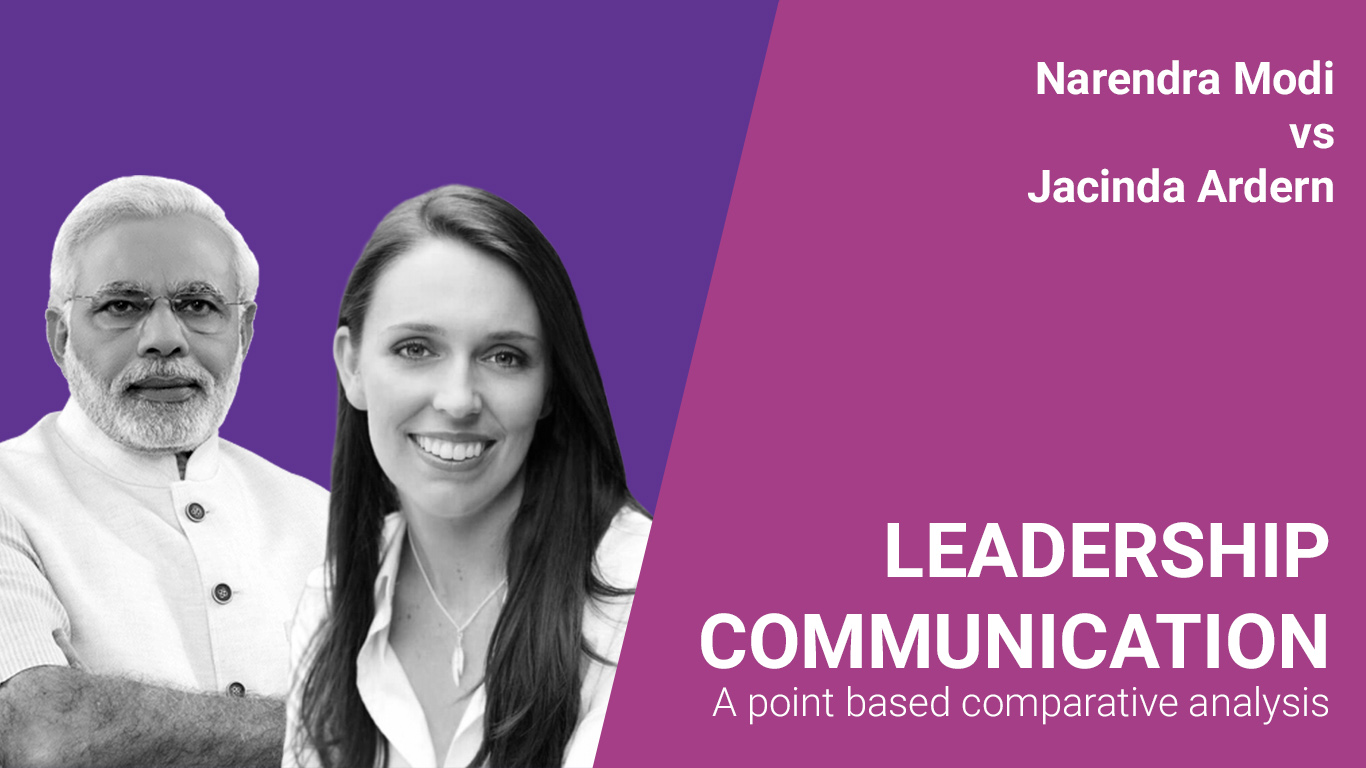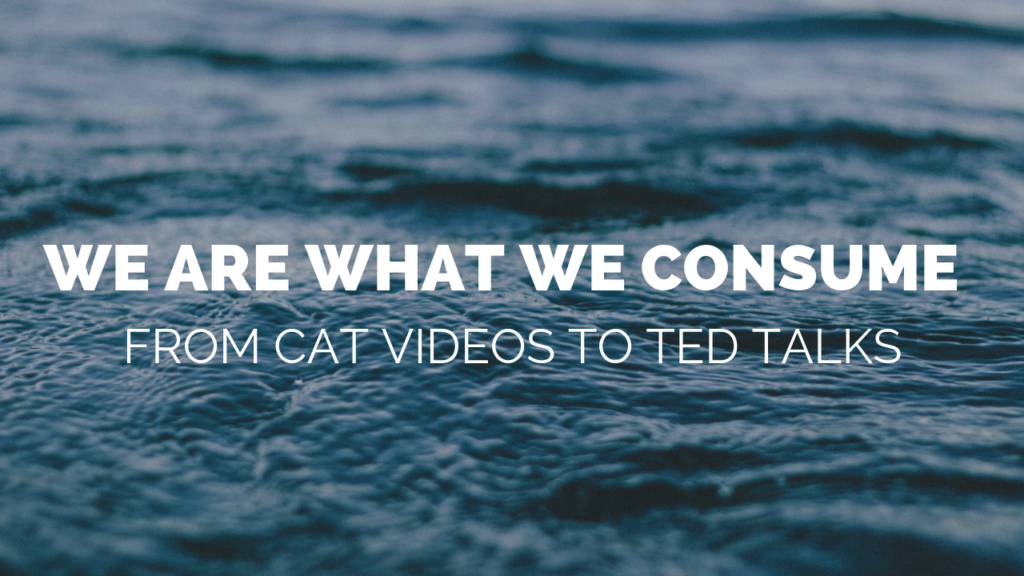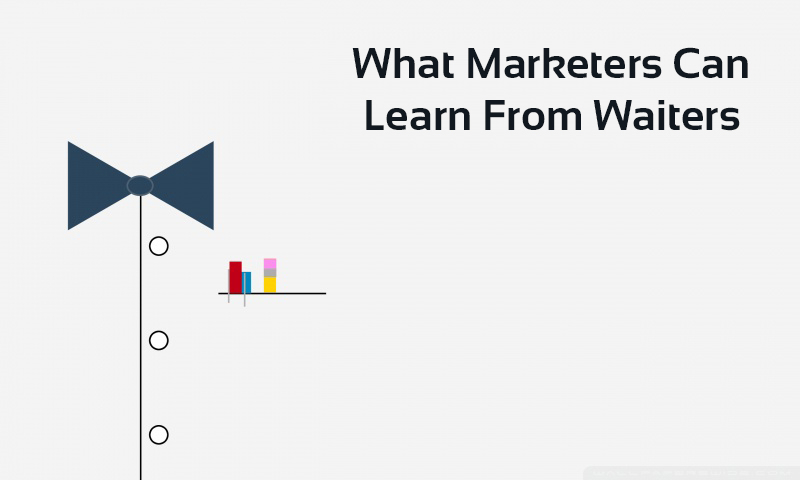For any startup, the initial phase is when they need maximum traction for the minimum of expenses. While some startups burn a major portion of their financing in getting this traction, some startups use smart content strategies for the same results.

Here are 5 content strategy tips for startups, that would help in saving expenses but still provide the desired results in terms of traction.
1. EMAILS
Email marketing offers literally no-cost marketing for a startup.
It’s an easy way to attract customers and engage with them on the long term. Use whatever it takes to provide value to them – newsletters, offers, discounts, valuable content etc.
2. SOCIAL MEDIA MARKETING (SMM)
This is a no-brainer. The power of social media in creating value to businesses, especially startups, needs no introduction.
Yes, you would need to get creative and spend time, but as a startup, you’re already doing that. Where possible, do not outsource your SMM, but focus on building an in-house team.
3. BLOG
Creating valuable content, again and again, is probably the most effective marketing strategy right now.
Dig deep into content marketing and focus on providing valuable content to your customers. Once they see the commitment you have in providing them value, they will be your loyal customers for all times to come.
4. PAID ADS
While this does require you to spend money, when done smartly, it need not lead you to burning your pocket.
Be it Google Ads, Facebook Ads, Instagram Ads or any other kind of paid advertising you are getting into, do your research well. Understand your audience and their needs. This will help you to plan the spending on your ads better.
5. USER GENERATED CONTENT
While you are building your startup, creating valuable content all the time can be of issue if you do not have a specific person for that.
Enter your customers.
Through contests, bragging rights, hashtags and whatever strategy comes your way, inspire your customers to create content for you.
Are you a service startup? Request your customers for a testimonial and post it on your website.
Are you a software product startup? Reward a user who has found a bug in your app and thank them on social media.
Are you a hardware product startup? Start a competition for your customers to post pictures with your product on social media.
But remember, end of the day, no matter how effective your content strategy is, make sure your product/service also adds value.
No strategy is better than having an amazing product/service that provides solutions to your customer’s problems.
Inspired from an article at Bluleadz.com Photo by Startaê Team on Unsplash


